Kohlrabi is a biennial vegetable plant of the Brassicaceae family. It is grown in the northern parts of Europe. It is a root, and the root is its only edible part. Kohlrabi is a kind of organic green artificial satellite with a taste of fresh, crisp stalks of broccoli, accented with a taste of radish.
The name of Kohlrabi comes from the German word "kohl", which means cabbage and "rabi", which means turnip. Kohlrabi can not boast a long culinary history, such as turnips fall or parsnips have, as it was first described in Germany, until the mid 16th century.
Although these pear vegetables look as if they were dug from the ground, they are actually a swollen stem that grows above the ground. Kohlrabi is a commonly used vegetable in American cuisine and is widely used in Europe and Central Asia.
Composition of Kohlrabi
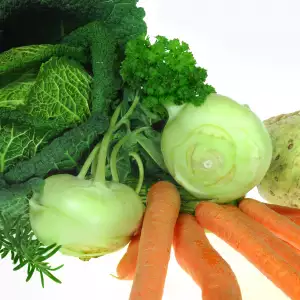
Compared with white cabbage, Kohlrabi is rich in nutrients and especially vitamin C. It contains an average of about 88% water, 2.9% protein, 4.7% sugar, 1.17% minerals - potassium, phosphorus, magnesium, calcium and sodium salts. Besides vitamin C, Kohlrabi is rich in vitamin A1, vitamin B1, B2, B6 and folic acid.
100 g of Kohlrabi has 29 Kcal; 1.7 protein, 0.1 g fat, 6.2 g carbohydrates, 3.6 g fiber. Kohlrabi also contains large amounts of malic acid - 250 mg per 100 g
Kohlrabi contains no fat and cholesterol. It has fewer calories and is low in sodium. It is also a good source of potassium.
Types of Kohlrabi
Big Kohlrabi has purple-blue skin and small Kohlrabi is with a pale crust. It is important to know that diet, taste and nutritional qualities of small Kohlrabi are better.
Selecting and storing Kohlrabi
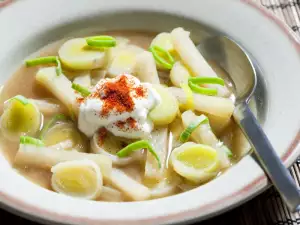
When buying Kohlrabi, youshould choose small or medium-sized heads with a diameter of less than 7 cm, no stains, cracks or soft areas and yellowing at the edges. The small size is sweeter and more palatable. The bulbs, which are much larger than the size of a tennis ball, are not as tasty and often have a spongy core.
If leaves are attached to bulb, they need to be cut and stored separately. If they are in good shape - solid and green, they can be cooked, but must be used within a few days.
Kohlrabi should be stored unwashed in a plastic bag in the refrigerator. It can be stored in good condition for about a week. If this vegetable is stored correctly, it does not lose its valuable qualities.
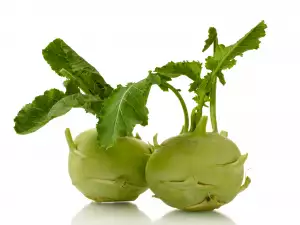
Cooking Kohlrabi
Fresh and young kohlrabi is delicious to eat raw. It can be added to different types of salads. Kohlrabi can also be prepared steamed or boiled. In case they are prepared this way, peel the skin off after the boil. Kohlrabi is a great addition to many dishes and soups. It is well combined with other vegetable juices.
If Kohlrabi leaves are fresh and green, they can also be used for cooking. They are prepared as follows: wash, to remove the veins of the leaves and then blanch in boiling water for 3 to 5 minutes. Then saute in olive oil and some salt, pepper and freshly squeezed lemon juice.
From the Kohlrabi, prepare a very nutritious delicacy that is chopped Kohlrabi with olives, olive oil and fresh lemon juice.
Benefits of Kohlrabi
Kohlrabi contains hardly any fat, which makes it a very useful dietary product. Because of the very high content of vitamin C in it is an indispensable vegetables for the winter. It supports natural immunity and strengthens the body against various infections.
Kohlrabi is a source of dietary fiber, good for the intestines and lowering the risk of developing colon cancer and other intestinal problems. It protects against hemorrhoids. Kohlrabi is beneficial for avitaminosis in radiation sickness, asthma, tuberculosis. It has a diuretic, against spring fatigue, anemia and bronchitis, stimulates growth.
Since Kohlrabi is a vegetable rich in many vitamins and minerals, delicious and most importantly - does not cause allergies, it is recommended for feeding of small children.
Dangers of Kohlrabi
Kohlrabi contains uric and oxalic acid, which makes it unsuitable for people who suffer from gout, sand or stones in the kidneys.
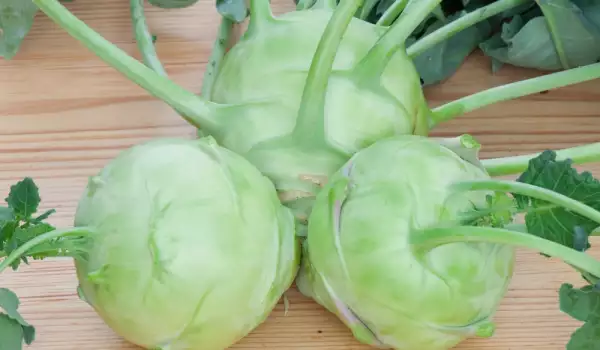

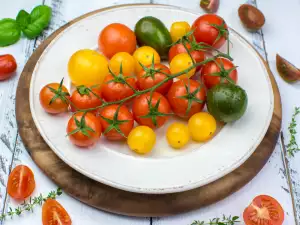
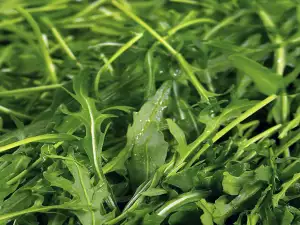
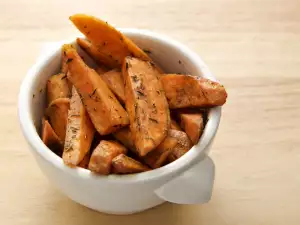
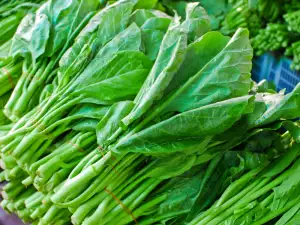

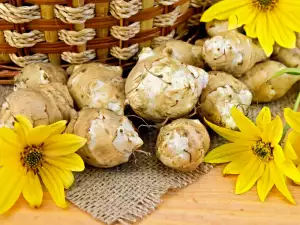
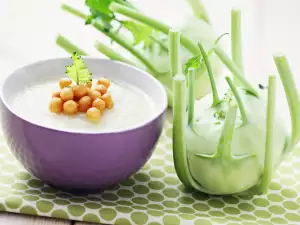

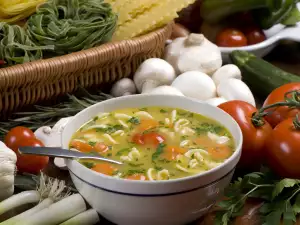
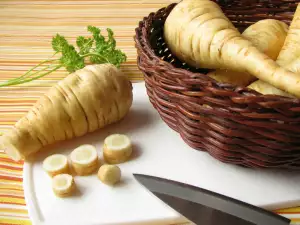

Comments